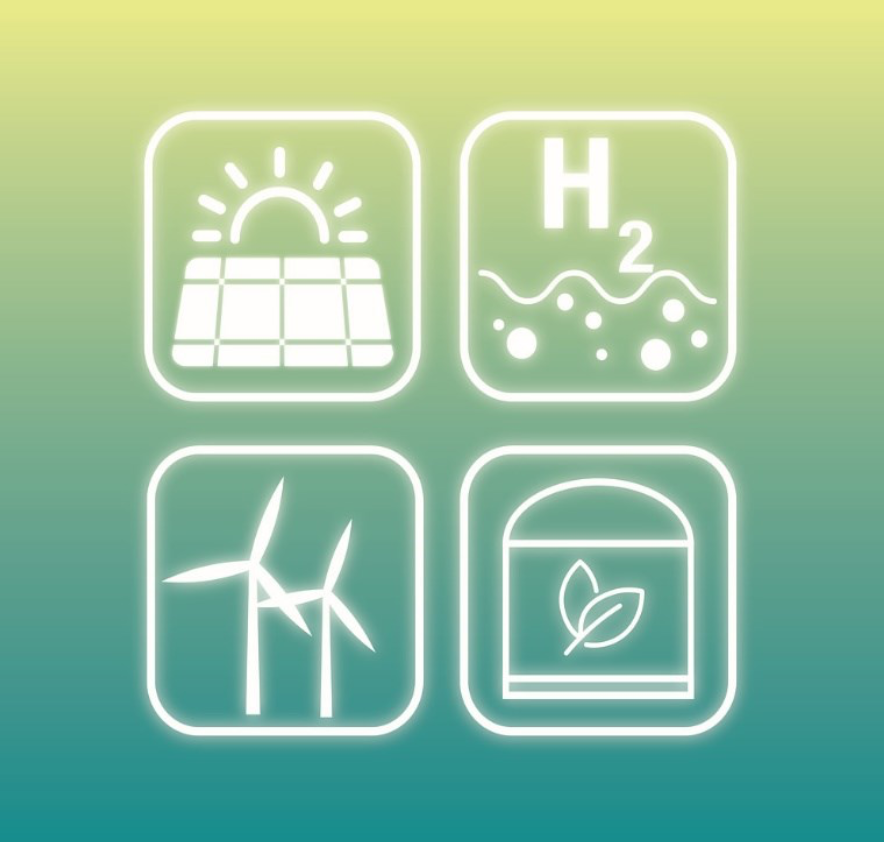This news report is by Shuchi Giridhar
Delhi, Aug 13: India, being the third largest consumer of energy, is expanding its renewable energy generation capacity. Renewable energy generation capacity is the maximum generating capacity of power plants that generates electricity using renewable energy sources.
India gets its renewable energy from solar, hydel (water),biomass, and wind energy. An agreement was reached by 196 parties at theUnited Nations Climate Change Conference in 2015 in Paris, France. This agreement is famously
referred to as the Paris Accord. The Agreement promised to monitor climate change and its impact.
In the conference, India set a target of achieving 175 GW of renewable energy generation which consists of 100 GW from solar, 60 GW from wind, 10 GW from biomass, and 5 GW from small hydropower projects.
The Government of India has launched the India Renewables Dashboard to provide details about the renewable energy projects, and conversion of thermal power plants into solar parks. The Govt. of India also encouraged domestic production of solar equipment and provided subsidy for rooftop solar panels. These actions have helped India in moving closer to the target.
On the 12th of August, India’s renewable energy generation capacity crossed one hundred Giga Watts. This makes India the fourth country in the world in terms of renewable energy capacity.
This 100 GW does not include power generated from large hydel project dams.


